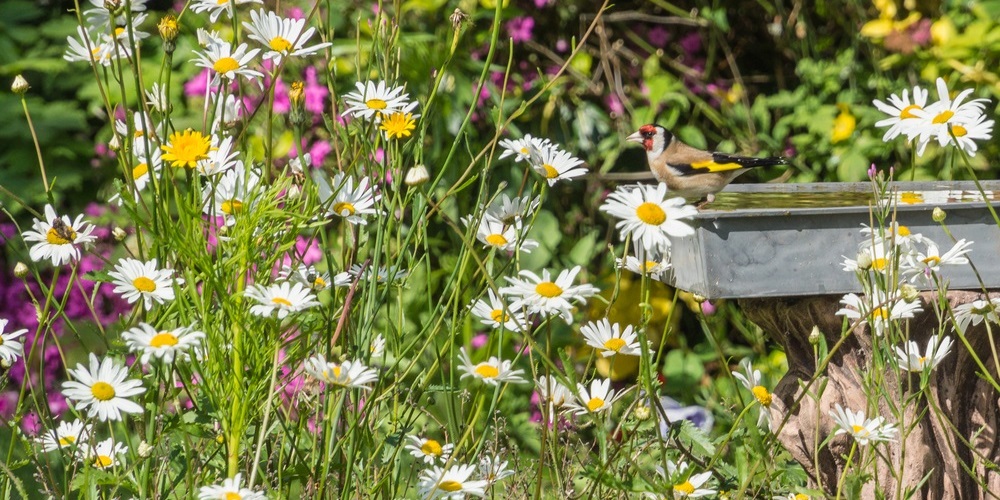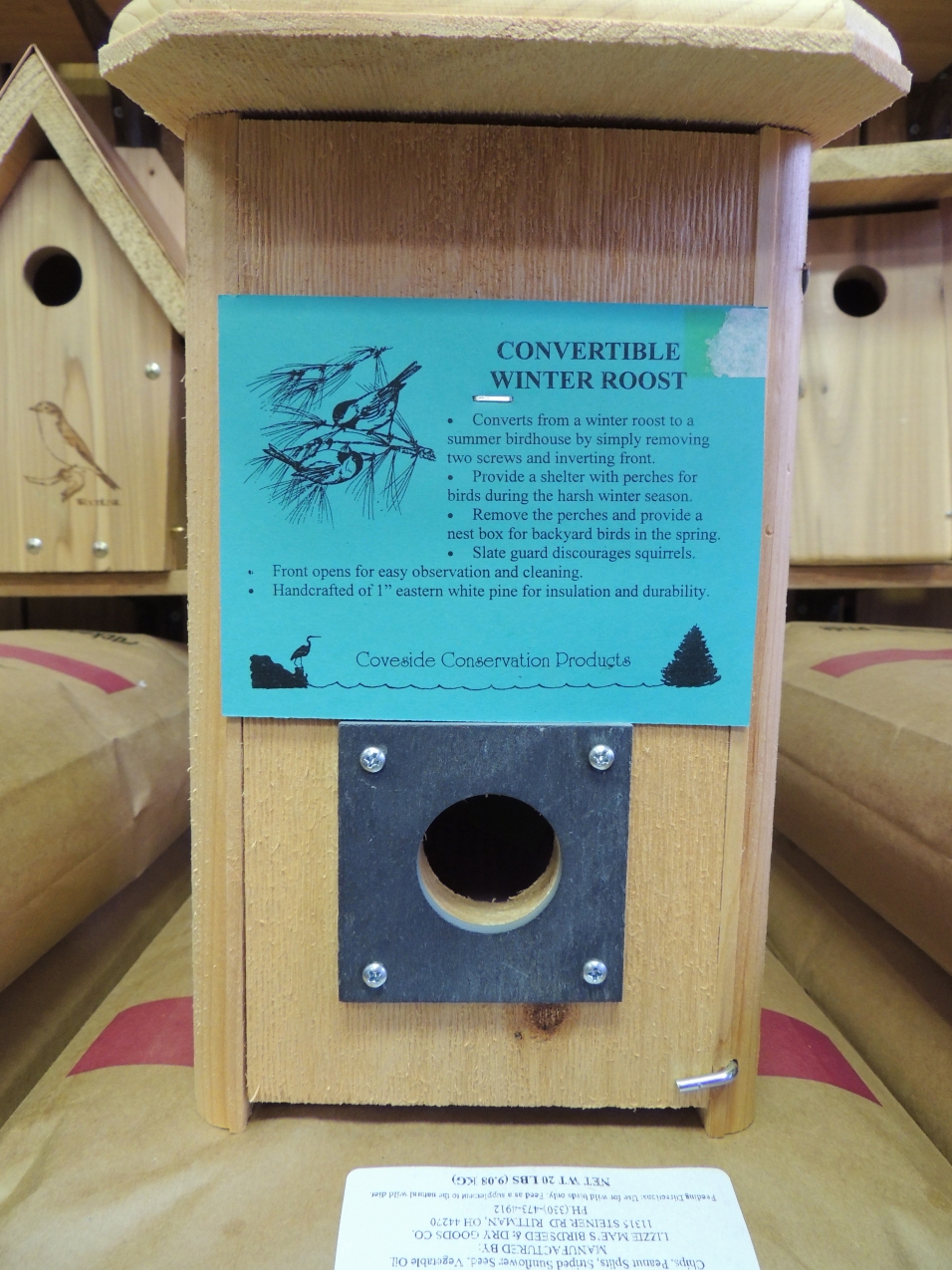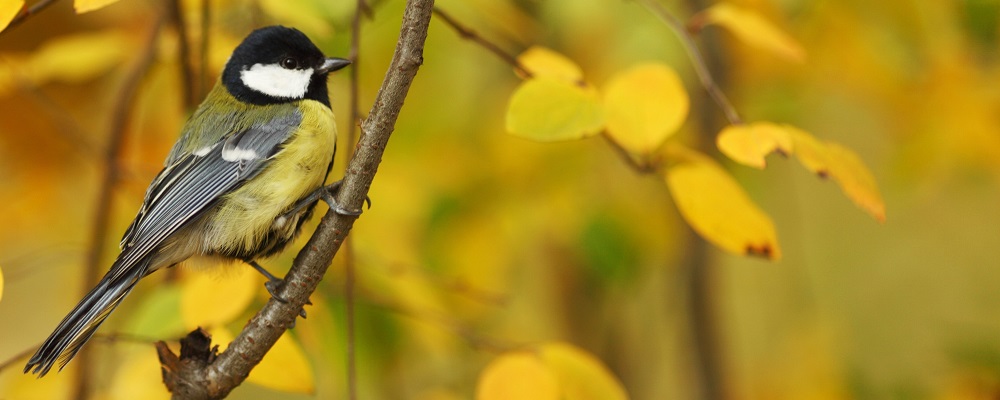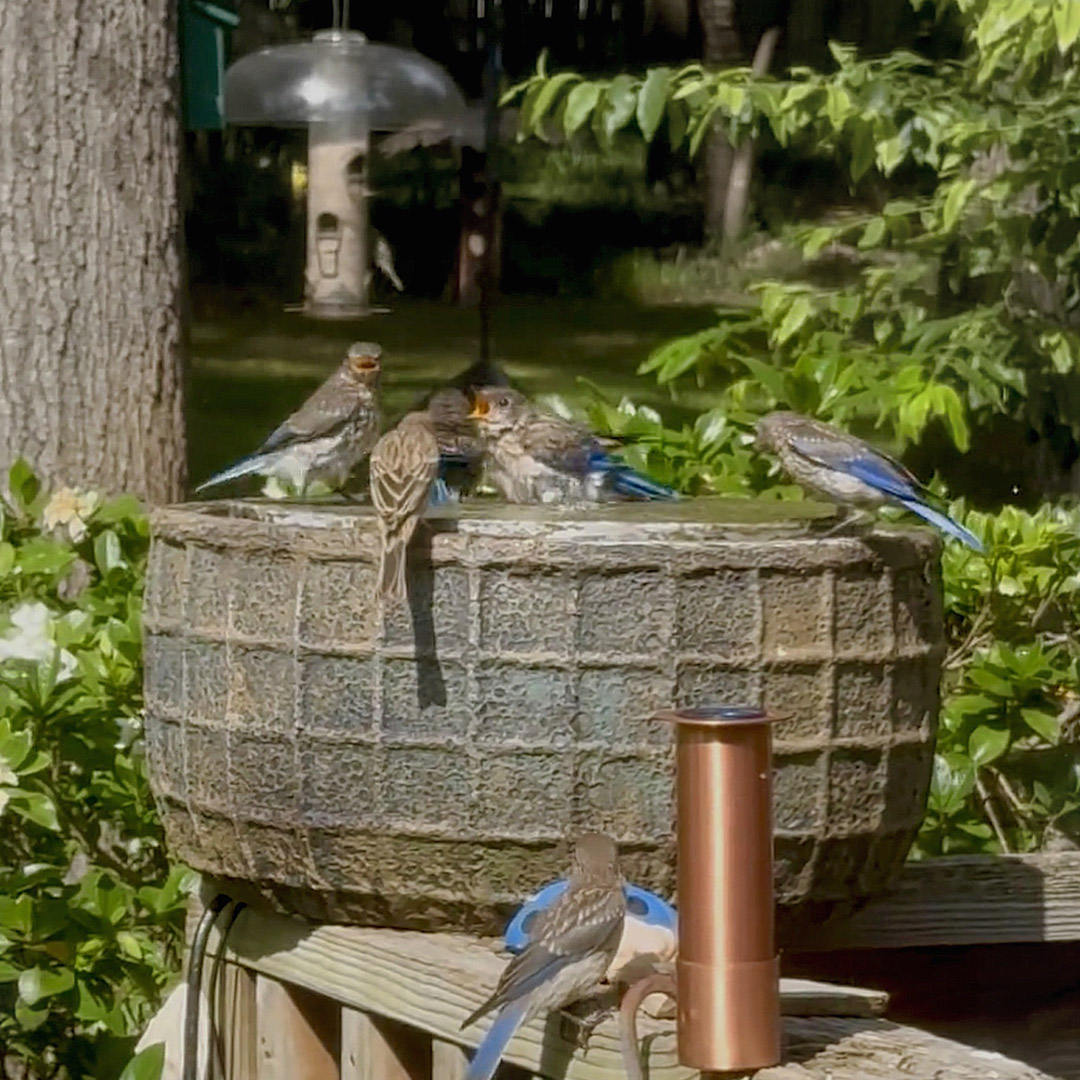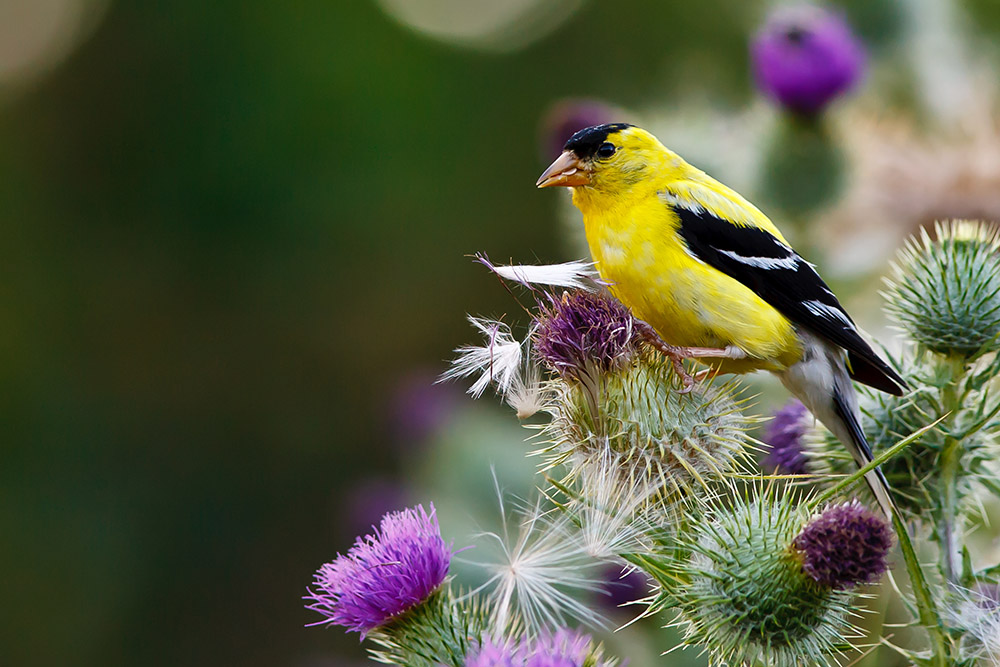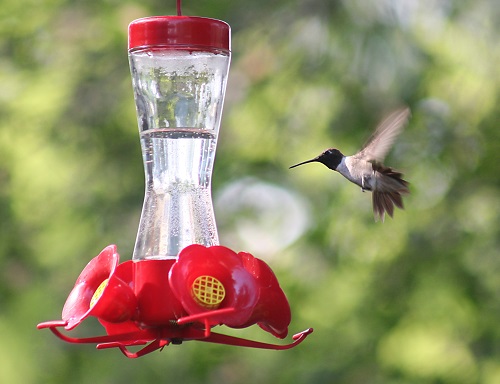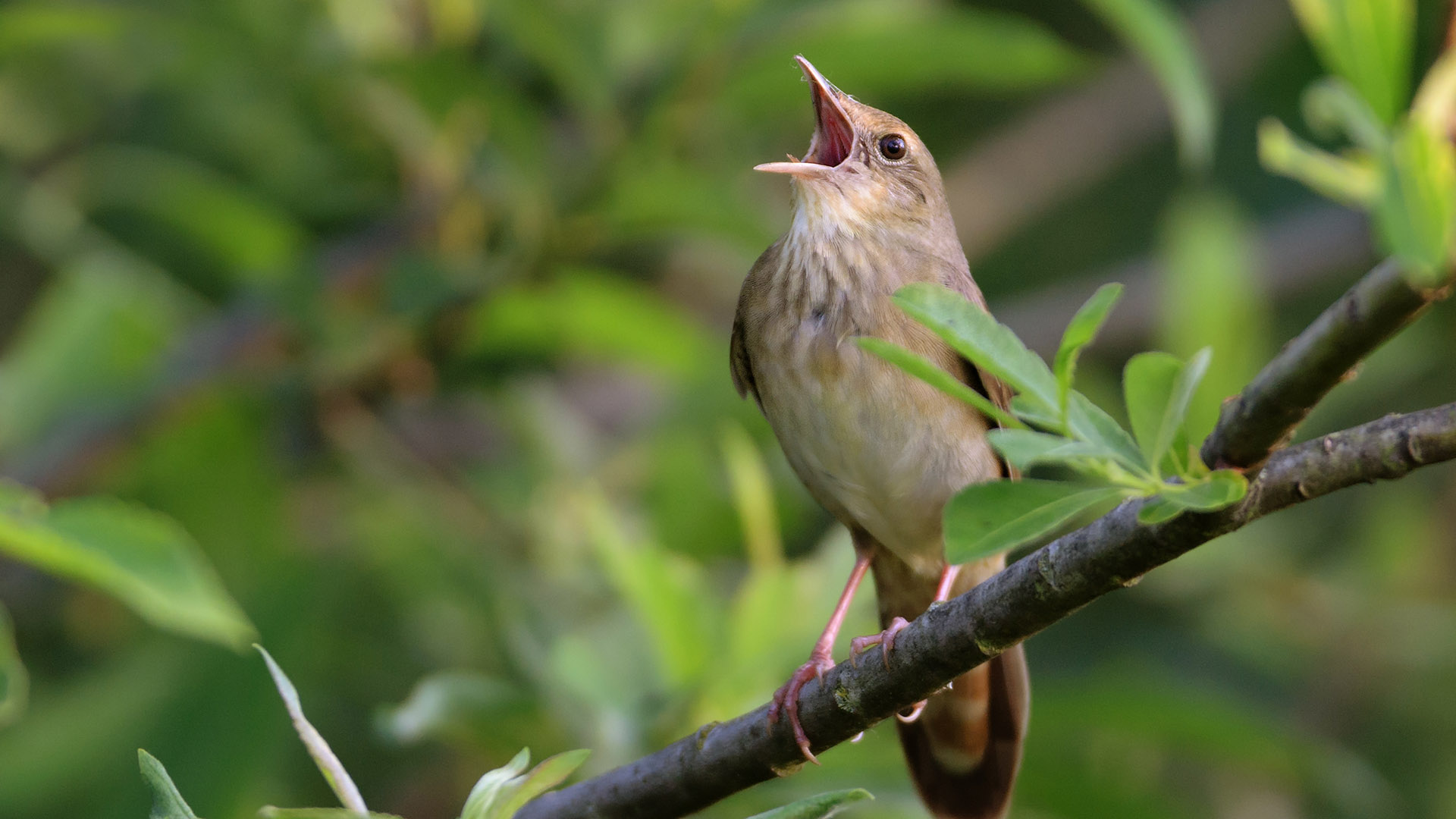Native Plants are Great Additions to Your Wildlife Habitat
Native Plants can provide food, shelter and places to raise young, as well as beauty to your yard. Planting native plants in your yard is an excellent way to increase wildlife habitat and help your local area. But what makes native plants so special? And which plants are “native,” anyway?
What are native plants?
First, the basics. Native plants are flowers, ferns, trees, shrubs and grasses that have always grown in our region. They’re the plants you often see growing naturally in forests and roadside meadows.
Because they’ve always grown here, native plants are adapted to our soil, climate and pests. This means they don’t need to be watered, fertilized or sprayed with insecticides like non-native plants that are imported from other parts of the world.
Native plants provide the best source of food (seeds, berries and nectar) for bees, birds, butterflies and other wildlife because these plants and animals evolved together. You’ll likely attract more honeybees, hummingbirds and butterflies to your yard if you plant native species.
How do I choose the right native plants?
Now that you know all about native plants, how do you decide which ones to plant?
Just like any other plants, you must choose natives that will thrive in the particular environmental conditions in your yard. That means you need to determine whether your garden gets full, partial or very little sun, and if it is hard red dirt, sandy, loamy or clay soil.
Another benefit of landscaping with native plants is that you don’t have to amend your soil to create a beautiful garden. Since native plants are adapted to local growing conditions, they’ll do just fine in whatever soil exists in your yard. The guides listed above will help you identify which native plants will work best in your garden.
Where can you buy native plants?
It can be difficult to find native plants at many local nurseries. Your best bet is to seek out a nursery or non-profit organization that specializes in native plants.
Mecklenburg Soil and Water Conservation District , Carolina Heritage Nursery and Trees Charlotte.

